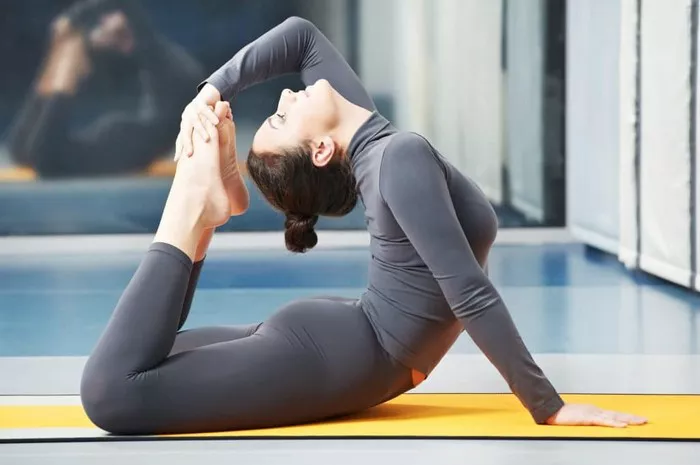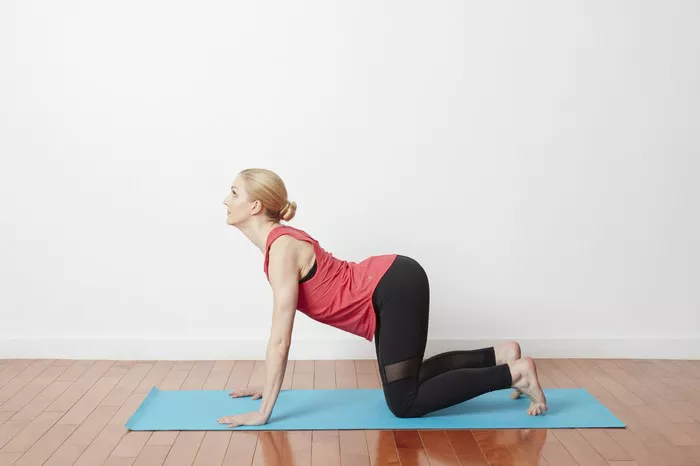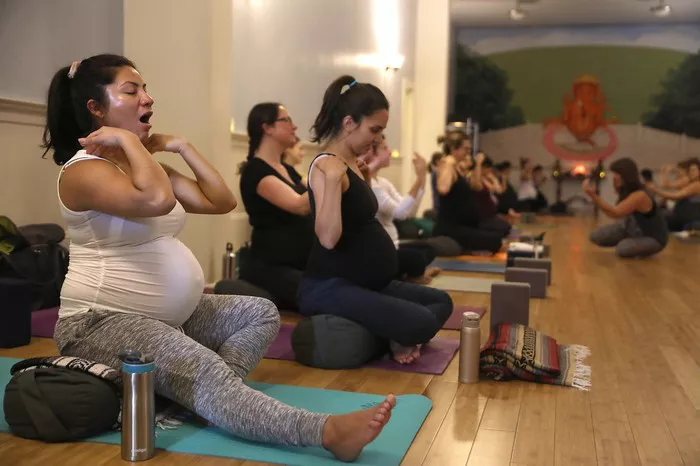Yoga, an ancient practice originating in India, is revered for its myriad physical and mental benefits. From enhancing flexibility to improving mindfulness, the practice of yoga has gained immense popularity worldwide. Central to the practice are yoga poses, or asanas, which are held for varying durations to cultivate strength, balance, and alignment. However, determining the ideal number of repetitions for each pose can be a perplexing endeavor. In this comprehensive guide, we delve into the intricacies of repetition in yoga, offering insights and recommendations to help practitioners optimize their practice.
Understanding Repetition in Yoga
Repetition in yoga refers to the act of performing a specific pose multiple times within a session or sequence. Unlike other forms of exercise that often emphasize high repetition counts for muscular endurance or hypertrophy, yoga places greater emphasis on quality of movement and mindful engagement. Therefore, the number of repetitions prescribed for each pose is influenced by a multitude of factors, including the practitioner’s experience level, specific goals, and the nature of the pose itself.
Factors Influencing Repetition Count
1. Experience Level: Novice practitioners may benefit from fewer repetitions to allow for proper alignment and adaptation to the poses, whereas advanced practitioners might incorporate higher repetition counts to deepen their practice and challenge their endurance.
2. Intensity of the Pose: Some poses in yoga are inherently more demanding than others. Poses requiring significant strength, such as arm balances or inversions, may warrant fewer repetitions to prevent fatigue and maintain proper form. Conversely, gentler poses or stretches may lend themselves to higher repetition counts for enhanced flexibility and relaxation.
3. Specific Goals: The goals of a yoga practice can vary widely among individuals. Whether aiming to build strength, improve flexibility, cultivate mindfulness, or alleviate stress, the number of repetitions for each pose may be tailored accordingly to support these objectives.
4. Breath Awareness: Central to the practice of yoga is the synchronization of movement with breath. Repetition counts may be guided by the rhythm of inhalations and exhalations, facilitating a seamless flow and fostering mindfulness throughout the practice.
5. Injury or Physical Limitations: Practitioners with injuries or physical limitations may need to modify repetition counts to accommodate their unique needs and avoid exacerbating existing conditions. In such cases, consulting with a qualified yoga instructor or healthcare professional is paramount to ensure safe and effective practice.
General Guidelines for Repetition Counts
While the optimal number of repetitions for each yoga pose can vary based on individual factors, several general guidelines can serve as a helpful starting point for practitioners:
1. Warm-up Poses: Begin each practice session with gentle warm-up poses to prepare the body for more challenging postures. These poses, such as Cat-Cow stretch, Sun Salutations, or gentle twists, may be repeated three to five times to awaken the muscles and promote circulation.
2. Strengthening Poses: Poses aimed at building strength, such as Plank, Chaturanga, or Warrior poses, can benefit from moderate repetition counts. Aim for three to five repetitions per side, gradually increasing as strength and proficiency improve.
3. Balancing Poses: Balancing poses, such as Tree pose or Warrior III, require focus and stability. Start with three to five breath cycles (inhalation and exhalation) per side, gradually progressing to longer holds or additional repetitions as balance improves.
4. Flexibility Poses: Poses focused on improving flexibility, such as Forward Fold or Pigeon pose, may benefit from longer holds rather than high repetition counts. Aim to hold these poses for 30 seconds to one minute, gradually deepening the stretch with each exhalation.
5. Restorative Poses: Restorative poses, such as Child’s pose or Savasana, are designed to promote relaxation and rejuvenation. These poses may be held for several minutes, allowing the body and mind to unwind fully.
6. Cooldown Poses: Conclude each practice session with gentle cooldown poses to promote relaxation and restore equilibrium. Poses such as Supine Twist or Legs-Up-the-Wall pose can be held for three to five breath cycles to facilitate a smooth transition into rest and recovery.
Personalization and Adaptation
Ultimately, the ideal number of repetitions for each yoga pose is highly individualized and subject to modification based on evolving needs and circumstances. As practitioners progress in their yoga journey, they may find it beneficial to experiment with different repetition counts, durations, and variations to tailor their practice to their unique goals and preferences.
Moreover, remaining attentive to the body’s feedback and honoring its limitations is essential in cultivating a safe and sustainable yoga practice. Rather than striving for a predetermined number of repetitions, prioritize mindful awareness, proper alignment, and breath-centered movement to derive maximum benefit from each pose.
Conclusion
In the realm of yoga, repetition serves as a means of refining technique, building strength, and fostering a deeper connection between mind, body, and breath. By understanding the various factors influencing repetition counts and employing personalized strategies, practitioners can optimize their yoga practice to achieve their desired goals while honoring the inherent wisdom of their bodies. Whether embarking on a journey of self-discovery or seeking to enhance physical well-being, let mindful repetition be a guiding principle in your quest for holistic health and vitality through the practice of yoga.

















